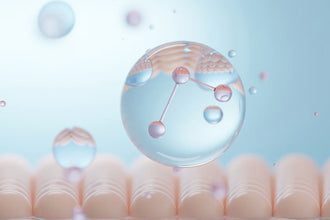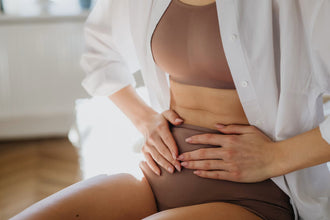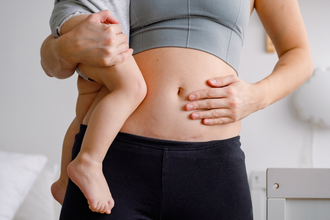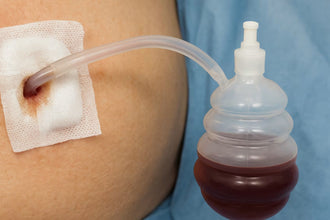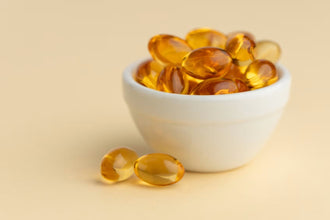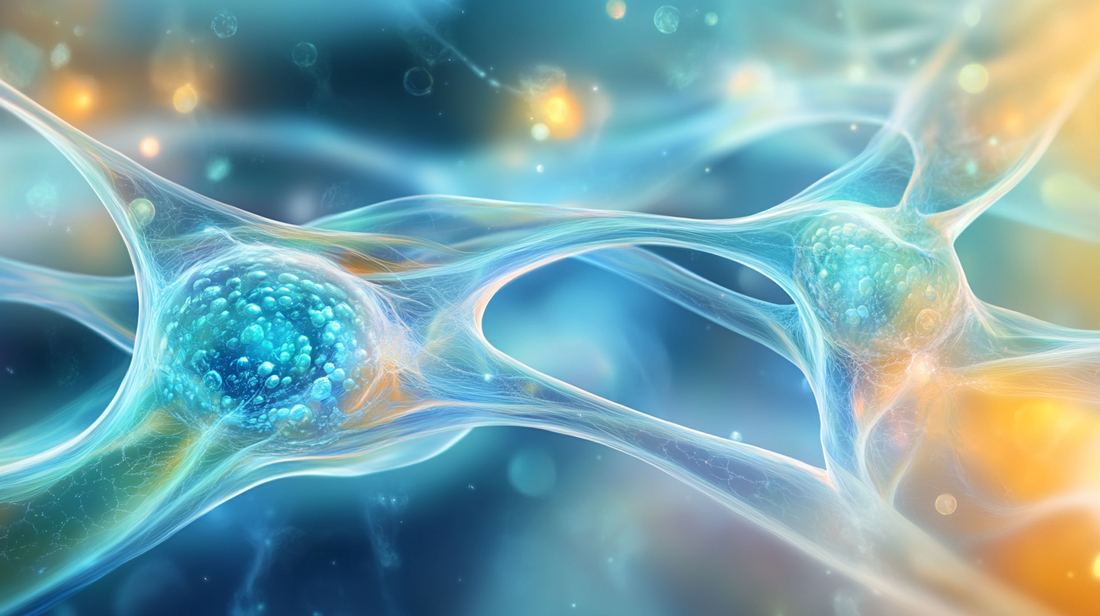
Silicone Sheets for Keloid Scars: A Focused Approach to Scar Flattening
Introduction
Keloid scars are elevated patches of skin caused by excessive collagen production during the healing process following an injury, surgery, or minor skin damage such as acne or piercings. Unlike hypertrophic scars, keloids can grow fairly wide and solid, extending beyond the incision site and frequently reaching along the curves of the surrounding area.
These scars are especially common on people with dark skin. They usually appear in regions with a lot of stress, such as the chest, shoulders, earlobes, and upper arms, and can cause itching and pain when squeezed or rubbed. Well-formed keloids may even limit movement around joints and locations where the skin stretches. Keloid scars are also very visible, which makes them embarrassing for the person with them.
Role of Silicone Sheets in Keloid Scar Management
Silicone sheets are among the most effective treatments for keloids, thanks to their ease of use and minimal side effects. These malleable, self-adhesive sheets are made of medical-grade silicone and are put directly to the scar.
The sheets work by keeping the scar hydrated, retaining humidity within the covered area. This moisture also helps soften scar tissues, limit the overproduction of collagen, and reduce redness and discomfort. Silicone sheets also apply constant light pressure on raised scars, periodically remodeling and helping them heal. They prevent external factors like UV light, bacteria, and pollutants from getting in touch with the scar, further reducing the chances of further inflammation or irritation.

In addition to temperature control, which may enhance enzyme activity to dissolve excess collagen, silicone sheets serve several other functions in keloid scar management. In any case, and for the best results, the sheets should be used alongside proper wound management. A keloid scar treatment with silicone sheets is also largely dependent on factors such as whether the scar is fresh, consistency of use, location, and size of the scar.
| Factor | Description | Impact on Effectiveness | Recommendations |
|---|---|---|---|
| Age of Scar | Older scars have denser collagen structure and may respond more slowly to treatment. | May take longer to show visible results and require more extended use of silicone sheets. | Consider combining silicone sheets with other treatments like pressure garments or scar massage for older, established scars. |
| Consistency of Use | Regular, uninterrupted use is crucial for optimal results. | Inconsistent use may delay results and decrease the overall effectiveness of the sheets in managing keloid scars. | Use silicone sheets as instructed, typically 12-23 hours per day, to maintain consistent hydration and pressure on the scar. |
| Type of Skin | Different skin types may respond differently to silicone sheet treatment. | Thicker or more oily skin may require more careful monitoring for adhesion issues and overall effectiveness. | Choose silicone sheets designed for sensitive or specific skin types, and ensure proper cleaning and preparation of the area. |
| Size and Location of the Scar | Larger scars or scars in high-mobility areas may require additional treatments for better results. | Increased risk of adhesion loss and reduced pressure effect in high-mobility or large scar areas. | Combine silicone sheets with pressure garments or other supportive treatments for scars on joints or larger body areas. |
Guidelines for Using Silicone Sheets
Silicone sheets are effective when proper guidelines for their application and subsequent care or maintenance are strictly followed.
-
Cleaning the scar: Before putting a silicone sheet, scrub the scarred area with mild soap. To improve the silicone sheet's adhesion, dry the surface thoroughly using a clean cloth.
-
Putting on the silicone sheet: If the scar exceeds the size of the silicone sheet, trim it to fit. Remove the liner and gently put the sheet over the scar, avoiding wrinkles.

Enhancing the Performance of Silicone Sheets
Silicone sheets work well but could be improved to reduce or flatten keloid scars even faster. This usually entails using silicone sheets along with other methods of scar management for better healing results.
Pressure Garments
Where keloid scarring is quite large, or the lesion affected is located in body parts associated with high mobility – shoulder or upper arms, for instance – pressure garments with silicone sheets are advised. A pressure garment delivers uniform, gentle pressure over a wider area. When applied in combination, silicon sheets provide moist, remodeled collagen in the scar, while pressure garments help deeper scar remodeling.
Silicone Gel
For patients with keloid scars in difficult-to-treat areas (especially around joints and other convex regions), silicone gel can be a very useful adjunct to silicone sheets. The gels are also suitable where sheets cannot be maintained – whether because of excessive sweating or frequent movements, for instance. They provide similar benefits of hydration, protection, and collagen-leveling exercise, with the exception of being more easily fitted than sheets.
Massage Techniques
Incorporating scar massage alongside silicone sheets helps break down the scar tissue and facilitates collagen remodeling. Apply a minimal silicone gel or a suitable moisturizer to the scar, then gently massage it in small circular motions for five to ten minutes. Instead of simply exerting pressure on the scar, circular motions relax the tissue. This technique, when used alongside silicone sheets, is effective in improving the skin’s texture, a positive step towards the healing process.
Sun Exposure Protection
It is important to protect keloid scars against the sun’s ultraviolet rays because otherwise, the scar's pigmentation and thickness may worsen. While silicone sheets provide some protection from UV rays, exposed scar areas still require sunscreen of at least 30 SPF or higher. Reapply broad-spectrum sunscreen every two hours when outdoors if prolonged sun exposure is unavoidable.

Proper Hydration
Proper hydration and nutrition enhance skin elasticity and healing. Consume a variety of fruits and vegetables rich in vitamins C, E, and zinc, which promote better scar healing conditions.
Key Considerations for Using Silicone Sheets
-
Irritation and allergies: Even though silicone sheets are not known to cause allergies, some people can still develop a rash. Thus, a patch test should be performed before normal usage begins. If there is redness, itching, or any throbbing discomfort, stop using sheets and try another scar-management option.
-
Dryness in motion-prone areas: If there is constant movement, such as at the knees or elbows, it may be difficult to maintain proper adhesion. Using soft adhesive silicone strips or medical tape could be effective then.
-
Usage and Duration: It might take several months for silicone sheets to show noticeable effects on keloid scars. Depending on the size and maturity of the scar, and how it responds to treatment, it is recommended to use silicone sheets consistently for three to six months.
Conclusion
Patients with keloid scars have an inexpensive, safe, and efficient therapy alternative in silicone sheets. Their effectiveness can be increased by combining them with other scar treatment techniques, such as scar massage or pressure garments. It is imperative to take into account many elements, including skin sensitivity, scar placement, and potential adhesion issues, in order to get the best possible outcomes.
References:
https://www.aad.org/public/diseases/a-z/keloids-causes
https://www.ncbi.nlm.nih.gov/pmc/articles/PMC9808890/
https://www.ncbi.nlm.nih.gov/pmc/articles/PMC6478061/
https://www.medicaljournals.se/acta/content/html/10.2340/00015555-0154
https://www.ncbi.nlm.nih.gov/pmc/articles/PMC10298615/
General Disclaimer: All information here is for educational purposes only and is not meant to cure, heal, diagnose nor treat. This information must not be used as a replacement for medical advice, nor can the writer take any responsibility for anyone using the information instead of consulting a healthcare professional. All serious disease needs a physician.











